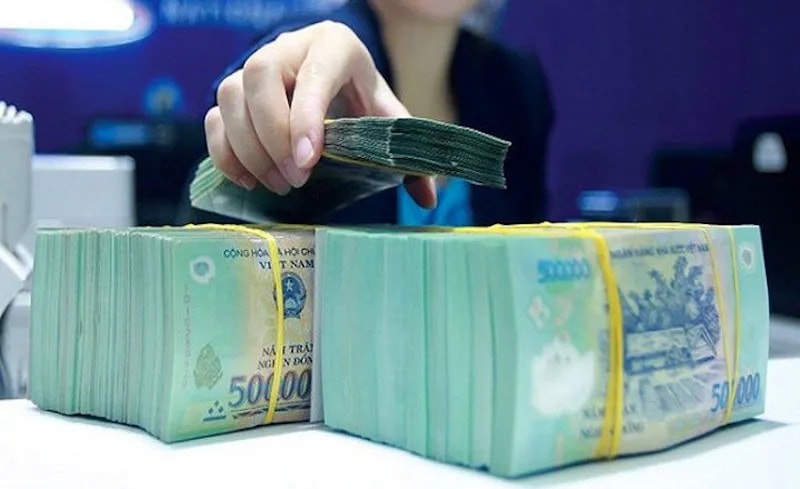Credit growth expected to reach 20%, setting a positive tone for 2026
Credit is continuing to expand strongly, reflecting robust loan demand and high capital absorption capacity in the economy.

As of October 30, total outstanding loans in the banking system had increased by about 15% compared to the end of 2024. According to the State Bank of Viet Nam (SBV), credit growth is expected to accelerate further, reaching 19–20% by the end of this year.
High credit growth highlights the economy’s growing capital needs and absorption capacity, consistent with the solid GDP growth recorded in Q3 2025—the second-highest quarterly rate in the past decade.
However, the surge in credit demand, coupled with rising foreign currency needs and gold price volatility, has also increased funding pressure on banks, tightening liquidity. In October, the interbank interest rate on the secondary market briefly hit 6.1%, prompting the SBV to deploy flexible monetary tools to bring the rate down to 4.5% by the end of the month.
Data from MBS Securities showed that in the first half of October, the SBV conducted significant net liquidity withdrawals totaling VND 58.3 trillion, pushing the overnight interbank rate from 4.3% at the beginning of the month to a two-month peak of 6.1% on October 22. In response, the SBV executed a VND 46 trillion net injection that same day—its third-largest liquidity operation of the year—and continued to support the market through month-end.
In total, the SBV injected over VND 283.8 trillion via the Open Market Operation (OMO) channel in October, with tenors ranging from 7 to 91 days at a 4% interest rate. With maturities totaling VND 244.5 trillion, the central bank achieved a net injection of VND 39.3 trillion, easing liquidity and bringing overnight interbank rates back down to 4.5%. Rates for 1-week to 1-month tenors settled between 5% and 5.2% by the end of October.
Deposit rates on the primary market edged up slightly in early Q4. Among 18 banks tracked by MBS, six raised their deposit rates in October, with LPBank offering the highest 12-month rate at 6.1% per year.
“The uptick in deposit rates early in Q4 reflects rising funding demand to accommodate the seasonal surge in credit growth toward year-end,” MBS analysts noted.
By the end of October, the average 3-month deposit rate among private commercial banks stood at 4.1%, while the average 12-month rate rose to 5.34%. In contrast, state-owned commercial banks maintained stable 12-month rates at around 4.7%. On average, the system-wide 12-month rate increased by 15 basis points since the beginning of the year to reach 5% by late October.
With credit growth expected to approach 19–20% by year-end, liquidity pressure on commercial banks is likely to persist, prompting continued efforts to mobilize deposits in the final months of 2025. Nonetheless, an SBV survey indicates that credit institutions expect VND deposit rates to remain stable in Q3 and Q4 2025, while lending rates are projected to decline slightly. Compared to the end of 2024, deposit rates are forecast to remain largely unchanged, while lending rates—short-, medium-, and long-term—are expected to fall further by the end of 2025.








